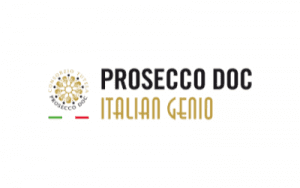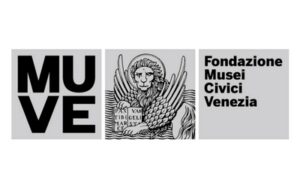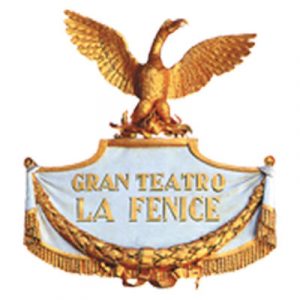Even if mask production goes back to ancient times, in the past it had an interruption. Initially, in 1339 the prohibition of wearing masks at night to avoid crimes, then from 1703 it was forbidden to enter casinos wearing masks, lastly in 1797 the fall of the Serenissima under Napoleon and the abolition of Carnival.
The rediscovery of the fascination of the mask starts from 1970s/1980s, when Carnival was restored and many people, captured by the beauty of handicraft, opened their own shops.
Sergio of “La Bottega dei Mascareri” and Carlo of “La Pietra Filosofale” are examples of this process, two artists, very different from each other but that thanks to their ateliers carry on this all-venetian tradition for a long time.
Sergio Boldrin, with his brother Massimo, since 1984 with “La Bottega dei Mascareri”, creates papier-mâché masks following and respecting traditional techniques. Sergio is self-taught, since he was a child loved painting and every kind of art. He learned with passion, that he believes absolutely fundamental, and it’s 40 years that tries to continue the tradition along with his brother, daughter, nephew and colleagues. “When for a lifetime you try to do finer things – he says – it’s hard to take a step back and make commercial stuff… this is the real difficulty”.
And one can immediately feel the quality when walking into artisans’ shops, in which the first of the five senses that gets hit is the smell: inside, the smell of glues and varnishes are the actual proof of the incredible creative and manual work done by artists.
We went to Sergio Boldrin’s creative laboratory and we met Davide, his nephew, who explained us how to make papier-mâché masks.
It starts from the creation of a model, moulded with clay, then liquid plaster is poured on it; when it dries the mould of the mask is ready. Then paper has to be applied on the mould: Davide uses “wool paper” a thick blue paper that he tears in little pieces and sticks to the mould with posters glue as if he’s making a puzzle. When the wool paper meets the glue it perfectly adapts to the mould and, when dry, the surface of the mask appears nice and smooth.
When the mask is perfectly dry it still has a considerable flexibility, feature that points out the quality of workmanship. Then, the mask is ready to be decorated!
Carlo Setti in the 70s started to make masks, especially leather masks. He read an old publication of Sartori, the one who restored the leather masks’ techniques and fell in love with the story. Before that, Carlo used to do entertainment for schools, cabaret and more. In Sartori’s publication the leather mask was described as the favourite type of masks in theatres because of his capacity of lasting long even if frequently used.
Papier-mâché is worked on negative moulds while leather in worked on positive moulds made of wood or any other material on which nails can be pounded.
The leather gets moisturised, adjusted on the mask, pinned on the back of the mould, in the eyes and nose. Then it is embossed with a hammer made of horn; normal hammers would leave marks on the leather. One can work on the mask until it’s almost dry, and it’s also the moment in which the finest details are made.
Finally it is removed from the mould, retorted, thinned on the corners that will be glued with a metallic thread to preserve the shape. Painting the leather is not easy; it can only darken.
A challenging artisanal process that requires a huge respect of materials.























